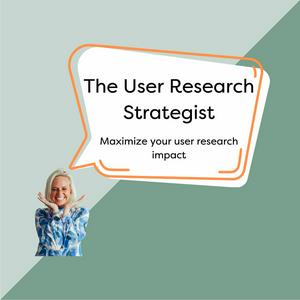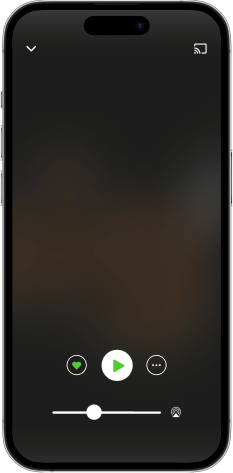Listen now on Apple, Spotify, and YouTube.—Ryan Glasgow is the CEO of Sprig, an AI-native survey platform built to replace legacy tools like Qualtrics. Sprig combines advanced survey capabilities, AI-powered analysis, and an intuitive user experience to help research and product teams get richer insights, faster. Before starting Sprig, Ryan led product at Weebly and Vurb, where he saw how slow, fragmented research workflows could limit product velocity. Today, Sprig is used by companies like Stripe, DoorDash, Notion, and Netflix to run surveys, analyze results instantly with AI, and deliver insights that shape product decisions.In our conversation, we discuss:* How the research community’s mindset toward AI has shifted from fear to experimentation.* What it means to treat AI like an eager intern and why that mental model changes everything.* How to break your workflow into “job steps” and plug AI in where it can actually help.* What Sprig is building to support both qual and quant researchers at different levels.* Why sharing raw data with stakeholders (not just summaries) might be the next big unlock for research impact.Some takeaways:* Many teams outside of research are still figuring out what AI is good for. Meanwhile, UXRs are already experimenting with real tasks, like synthesis, survey creation, and study planning, because they’ve had to. Ryan points out that researchers are becoming internal AI evangelists, getting asked to present their workflows to other departments. The field’s willingness to experiment is turning into a quiet leadership moment.* The best way to work with AI? Pretend it’s a new intern. It’s fast, eager, and can take on a ton but needs oversight, review, and clear direction. That framing unlocks a very different way of thinking: not “Will it replace me?” but “What can I delegate to it so I can focus on higher-impact work?” That shift is showing up in how researchers manage tasks across their workflow.* Before you plug AI into your stack, audit your actual workflow. Break it into steps, like study planning, stakeholder requests, distribution, synthesis, insight sharing, and decide where AI can support. Sprig is built around this approach, helping researchers insert AI at specific job steps. Trying to use one tool for everything often backfires; success comes from surgical fits, not general use.* Sprig is expanding from in-product surveys into long-form survey support with built-in AI features for study creation, open text clustering, and synthesis. Ryan shared how qual researchers use AI to draft surveys, get feedback, and even generate first-pass summaries of open ends. Other tools like Notebook LM and Gamma help researchers do faster analysis and deck creation without skipping the rigor.* One of the most radical ideas Ryan shared: share your raw research data, transcripts, open ends, survey results, so stakeholders can ask their own questions. With tools like ChatGPT or Notebook LM, that data becomes living, queryable insight. It turns research from a static deliverable into an exploratory tool. It also takes the pressure off researchers to have all the answers, all the time.Where to find Ryan:* Website* LinkedIn* XStop piecing it together. Start leading the work.The Everything UXR Bundle is for researchers who are tired of duct-taping free templates and second-guessing what good looks like.You get my complete set of toolkits, templates, and strategy guides. used by teams across Google, Spotify, , to run credible research, influence decisions, and actually grow in your role.It’s built to save you time, raise your game, and make you the person people turn to—not around.→ Save 140+ hours a year with ready-to-use templates and frameworks→ Boost productivity by 40% with tools that cut admin and sharpen your focus→ Increase research adoption by 50% through clearer, faster, more strategic deliveryInterested in sponsoring the podcast?Interested in sponsoring or advertising on this podcast? I’m always looking to partner with brands and businesses that align with my audience. Book a call or email me at
[email protected] to learn more about sponsorship opportunities!The views and opinions expressed by the guests on this podcast are their own and do not necessarily reflect the views, positions, or policies of the host, the podcast, or any affiliated organizations or sponsors. This is a public episode. If you'd like to discuss this with other subscribers or get access to bonus episodes, visit www.userresearchstrategist.com/subscribe



